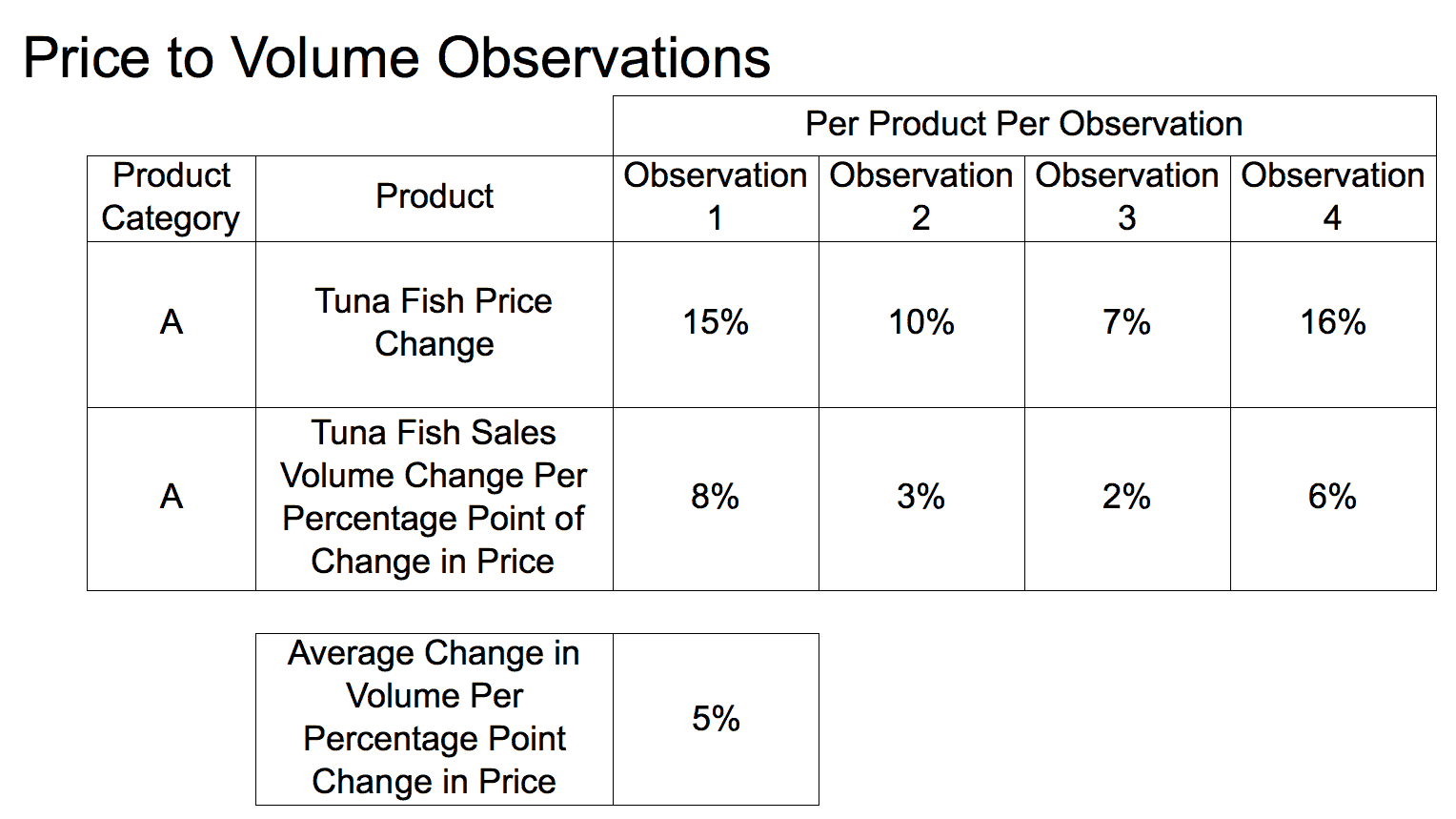The Problem with Promotion Management Software
Executive Summary
- Trade promotion management software is a problem because it increases the number of promotions but does not typically integrate into the forecasting system.

On Trade Promotion Management Software
Software vendors ranging from JDA to IBM to Junction Solutions make promotion management software, and this category of software is quite broadly implemented at CPG clients. These applications are singularly focused on allowing companies to implement increased numbers of and increased complexity of promotions. However, these applications do nothing to update the promotion information in the forecasting system. Of course, any system can have its data extracted and put into another system with an interface, but this is clearly not the focus of these software vendors’ marketing literature. These software vendors also do not bother to mention that there is increased overhead in accounting for promotions in demand history. They are focused on selling their software to companies by offering them tantalizing options to run increasingly complex promotions.
Our References for This Article
If you want to see our references for this article and related Brightwork articles, visit this link.
The Lack of Quantification of the Costs of Making Them
Whether those costs are front-end or back-end, the costs of promotions are typically not quantified within companies. Often promotions are not even compared with other expenditures such as traditional advertising, although there is evidence that they really should be. A survey of U.S. companies has shown that those companies that spent 60 percent of their total budget on promotions underperformed businesses that spent most of their budget on advertising instead of promotions. In fact, beyond the discussion of whether to use promotions or what percentage of the advertising budget to apply to promotions, the way promotions are configured at companies seems driven mostly by guesswork; more often than not, companies do not have solid reasons for why they run promotions the way they do.
Adjustment

Notice that the Resultant History has declined to one unit because the effect of the promotion on the sales history has been removed. The forecast is based upon the Resultant History, not the Actual History. The Resultant History = the Actual History +/- any adjustments. This is important because, in forecasting, the forecast should not be driven off of Actual History—and this is a perfect example of why.
The Promotional Adjustment Calculator (PAC)
The PAC is developed through previous volume changes based upon past price changes. Typically (or at least quite often), the company will not have this information except in some specific system. That is why I recommend building the PAC through the process described in Chapter 7, “Adding Promotions into the Forecast.” However, once the PAC is complete, we can begin using it for the following types of adjustments.

In addition to obtaining an estimate of the promotional effect’s size, it is necessary to find out the size of price change for each of the promotions. This results in creating a promotional database, which can then be used to create the PAC.